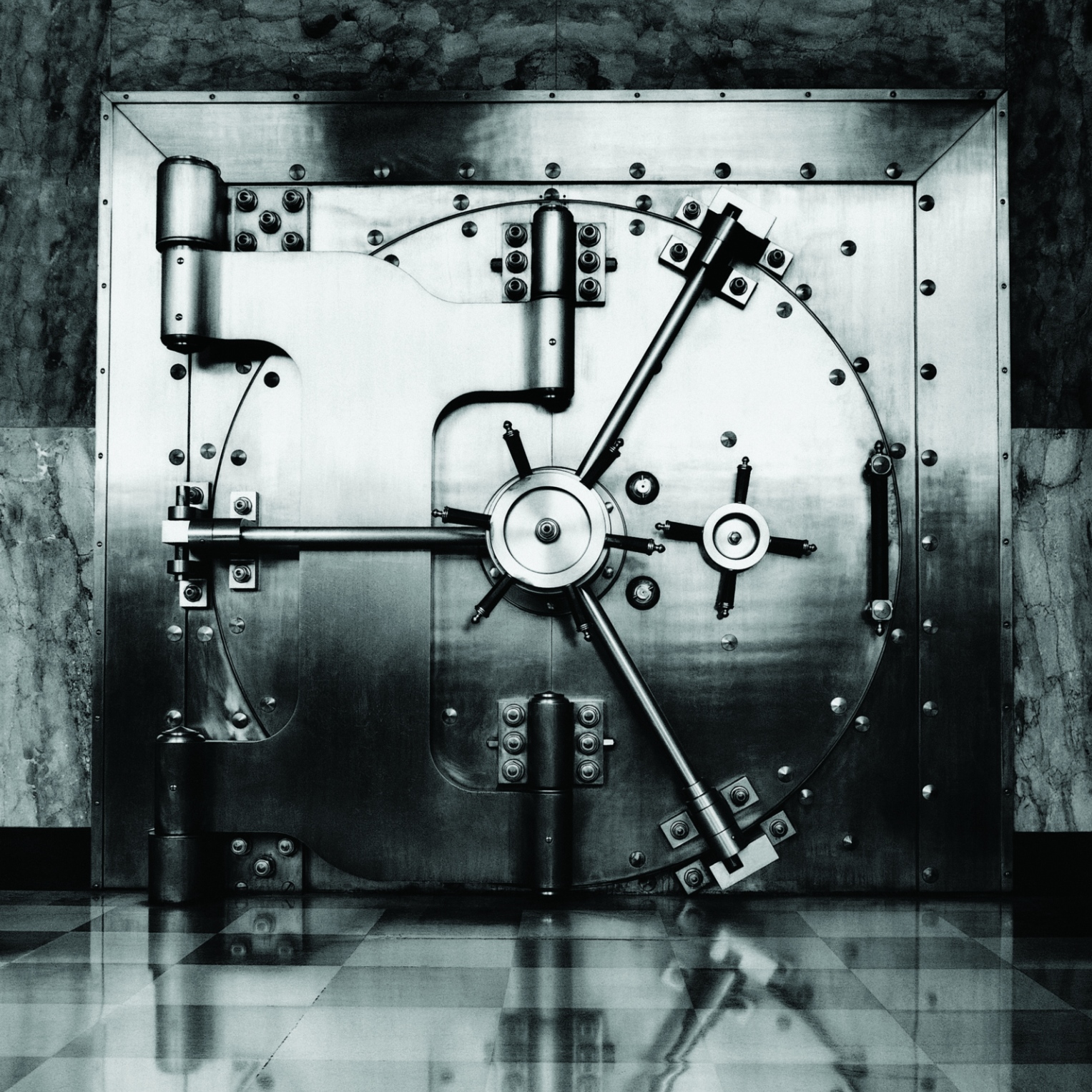Banking, finance, and taxes
Key Winners and Losers Among Big Bank Capital Return Plans

Published:
Last Updated:

Now that the U.S. Federal Reserve has released the 2017 results of the Comprehensive Capital Analysis and Review (CCAR), all 34 of the banks received approval for their shareholder capital return plans. None of the major banks received objections based on the Federal Reserve’s qualitative assessment, and just one had conditional approval. And for signs that bank earnings are expected to remain strong and grow ahead, some banks even received approval to pay out 100% or more of earnings in dividends and buybacks.
What investors need to understand here is that the Fed is favoring stock buybacks over dividend growth. The reason here is simple: the Fed knows that cutting a dividend is a bad omen, but buybacks can be accommodative in times of weakness and never have to be completed. Roughly 30% of income is to be used for dividends and the rest is for buybacks.
There are at least three ways to interpret such generous capital return plans. Some will interpret this as nothing short of higher earnings ahead. Others may say this is a return to the glory days, and perhaps that banks are going to be allowed to be putting themselves at risk all over again. A third interpretation is that the Federal Reserve believes that the return of capital, with such a preference for buybacks over dividends, will be far more opportunistic and perhaps lower than what the banks will ultimately spend.
24/7 Wall St. has focused on the top banks with the larger moves in their share prices. One has been disappointing so far on Thursday.
Instinet highlighted three of the larger winners. Citigroup Inc. (NYSE: C) saw its capital plan approved above expectations at $18.9 billion. This should signal meaningful progress toward its target of 10% for return on equity. It now seems that the Fed is comfortable with a total payout at about 100% of earnings and additional capital generation. JPMorgan Chase & Co. (NYSE: JPM) also surprised positively versus consensus. Morgan Stanley (NYSE: MS) may see a recovery now that its shares had lagged after some fears that it might have needed to reduce its payout if certain stress test scenarios came about. That payout now seems to be viewed with close to zero risk with roughly all income being paid out.
Credit Suisse showed that JPMorgan and Wells Fargo & Co. (NYSE: WFC) were two of the banks approved for a dividend payout ratio. Others included SunTrust, PNC, Northern Trust and USBancorp.
Bank of America Corp. (NYSE: BAC) is going to be a big winner for return of capital to shareholders as well. An Instinet table showed that its $3.03 billion in 2016 dividends will increase to $4.61 billion in 2017, and buybacks of $6.166 billion in 2016 will jump to $12.015 billion in 2017.
Capital One Financial Corp. (NYSE: COF) was the one bank given a conditional non-objection to its capital plan, and its shares were lower as a result. That company’s image still seems to be more of a credit card player than a retail bank. Instinet’s table showed that Capital One had the lowest combined gross payout ratio of the banks at 64%.
The Fed’s minimum common equity Tier 1 ratio in an economic downturn was a 4.5% minimum. If you want to know how the winners and losers really look, the share price reactions on Thursday morning should pretty much sum it up.
Bank of America shares were trading up 2.7% at $24.52, still down from a 52-week high of $25.80. Its common equity Tier-1 ratio would be 6.8% in a downturn. It plans to increase the quarterly dividend to $0.12 per share, and it authorized the repurchase of $12 billion of the corporation’s common stock from July 1, 2017, through June 30, 2018.
Capital One’s shares were down 1.1% at $82.10, versus a 52-week high of $96.92. It has been ordered to address additional weaknesses and has until December 28 resubmit its capital plan.
Citigroup shares were last seen up 3.5% at $67.47, and that hit a 52-week high. Citi’s common equity Tier-1 ratio would be about 8% in a downturn. Citi raised its quarterly common stock dividend to $0.32 per share and authorized a stock repurchase program of up to $15.6 billion.
Morgan Stanley was up 2.1% at $45.27, still about $2 shy of a 52-week high. Morgan Stanley approved a stock repurchase plan of up to $5 billion of its common stock and increased its quarterly dividend to $0.25 per share.
JPMorgan was up 2% at $91.63, still more than $2 shy of a 52-week and all-time high. The Fed’s test showed that JPMorgan’s common equity Tier-1 ratio would be 6.9% in a downturn. JPMorgan is increasing the quarterly common stock dividend to $0.56 per share from $0.50 per share, and it authorized stock repurchases of up to $19.4 billion between July 1, 2017, and June 30, 2018.
Wells Fargo was up 3% at $55.99, and that is exactly $4 under its 52-week and all-time high. Wells Fargo juiced up its quarterly per share dividend to $0.39 from $0.38 and will be allowed to repurchase up to $11.5 billion over the next 12 months (versus $8.3 billion in prior 12 months).
Retirement can be daunting, but it doesn’t need to be.
Imagine having an expert in your corner to help you with your financial goals. Someone to help you determine if you’re ahead, behind, or right on track. With SmartAsset, that’s not just a dream—it’s reality. This free tool connects you with pre-screened financial advisors who work in your best interests. It’s quick, it’s easy, so take the leap today and start planning smarter!
Don’t waste another minute; get started right here and help your retirement dreams become a retirement reality.
Thank you for reading! Have some feedback for us?
Contact the 24/7 Wall St. editorial team.